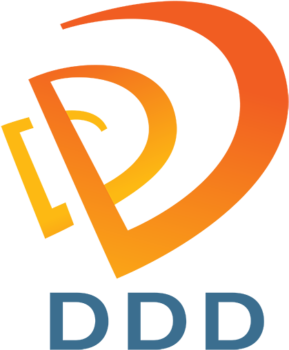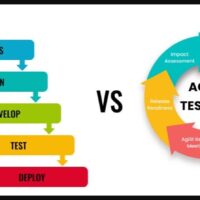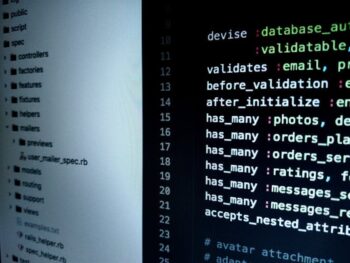
App monetization is a business model based on earning money by introducing paid services, advertising, or using user data for desktop software monetization.
Sometimes applications are created for another purpose, such as an additional channel for communication with users, building trust. This is how companies harmoniously integrate their services and products into applications without advertising.
But in most cases, the goal of building apps is profit. We will tell you how to monetize desktop applications and about the types of desktop software monetization in the article.

Freemium
This is the most common way to monetize. Basic functions are open in the application. To get advanced features, you need to pay extra.
Mobile apps have also inherited this monetization method from computer programs. The free part should attract the user to want to buy the full version.
Pros:
- Simple implementation.
- The basic part is free.
- Users are used to such a system.
Minuses:
- A small percentage of users are willing to buy advanced features.
- Not too profitable format because advanced functions often work for a one-time payment.
Subscription
It works on the same principle as freemium, but with an emphasis on the fact that the subscription must be renewed regularly.
Among all the ways to monetize apps, this method is the most popular in the Play Market and App Store. Some content or features are available for free; additional features are regularly debited.
For example, the breathing training app Prana Breath offers users a free, ad-free version and a Guru subscription. An expanded base of breathing methods, endless workouts, and a detailed schedule are available for a fee. It has several subscription options: 3 months, a year, forever.
Pros:
- User loyalty, increased LTV.
- Regular payments.
- Loyalty from Play Market and App Store. The percentage that the platform takes for itself decreases.
Minuses:
- Technical difficulties with the implementation and tracking of subscriptions.
- It is difficult to find a loyal audience willing to pay regularly.
- It is not always possible to create content for which the user is willing to pay regularly.
Trial period
A trial period means entering an activation code and using a trial period from 3 to 30 days, depending on the application. And during this time, everything, including premium features, is open. Registration is required to use it.
The peculiarity of this method is that the application is no longer available after using the trial period.
Pros:
- The user has enough time to familiarize himself with soft.
- Consumer loyalty.
Minuses:
- Users can regularly register accounts through new email addresses.
Percentage of the deal
Profit is a percentage from each purchase or transaction. For this method, it is necessary to create a platform that will help the buyer and seller make safe transactions. For example, a taxi, buying unique goods.
An example is Etsy: selling exclusive handmade items. The platform provides communication between the seller and the buyer, transfer of funds, guarantees of a safe transaction. All applications of paid advertisements and taxi services work according to a similar system.
Pros:
- The platform itself is free.
- If configured correctly, you get a percentage of each transaction.
- New opportunities are opening up for monetization.
Cons:
- The need for ensuring the operation of the platform and all its services.
- The need to look for a suitable niche and its development.
- All complaints are received not by the performer but by the owner or moderator of the application.
Sponsorship
The essence of the method is to pay people to complete tasks: go to the gym, walk 10,000 steps. At first glance, there are no earnings in this, but only a waste of resources. But it’s wrong.
Let’s take an example of how to build a competent and profitable system.
An example is an IOS app GymPact. At the heart of his concept is a cash reward for going to the gym on prescribed days. But, if a person breaks the schedule, this person is obliged to pay for the missed day. It turns out that those who do not fulfill the conditions pay those who do, and the platform gets the difference.
Pros:
- Non-standard method of making money.
- Less competition.
- The ability to build user trust.
Cons:
- This model is a rather complex one.
- Big risks.
Conclusion
Understandably, these are not all options of software monetization that one can use nowadays. Nevertheless, these ones are among the most popular solutions. So, choose one or utilize several together, and good luck!












